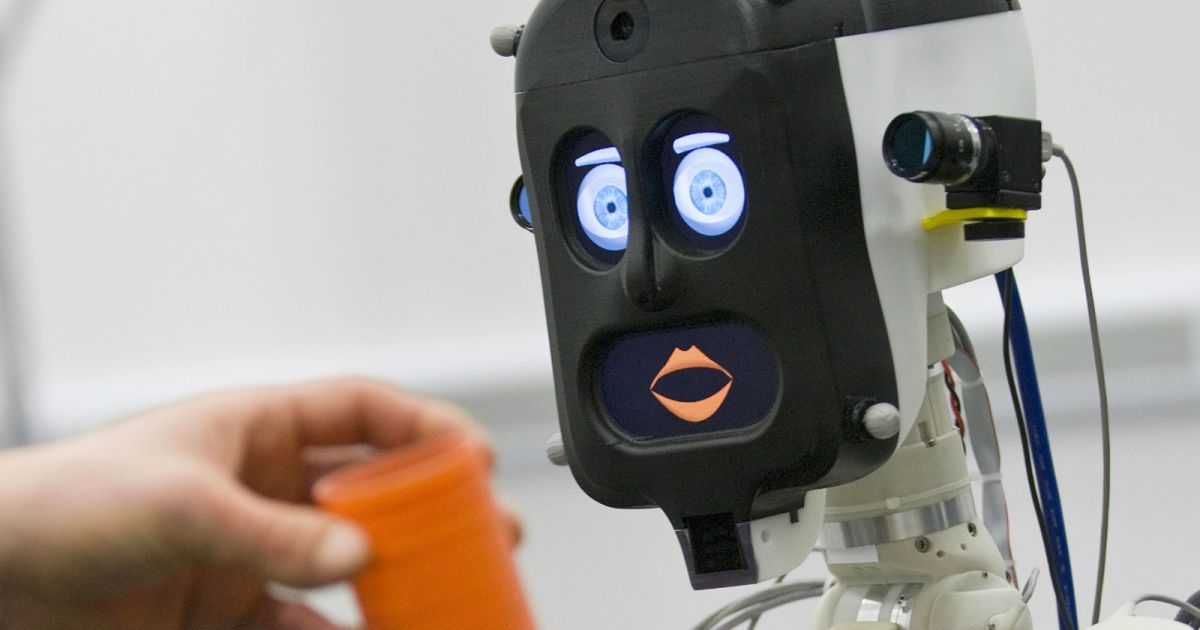In a test lab, Bert2 — a humanoid robot with three separate displays, allowing its eyes and mouth to express various emotions — performed in three different ways. One was silent and made zero mistakes, while a second was mute and programmed to make a single blunder (which it would then correct, quietly). A third was able to speak and accept simple “yes” or “no” responses from the user. In a basic kitchen scenario, the vocal android would apologise for its mistakes — after dropping an egg, for instance — and give a heads-up when it was about to try a new technique.
While the slowest, it was the robot that most people preferred.
But here’s where it gets interesting. At the end of the exchange, the robot would ask for a job. Some participants were reluctant to say no — even if they preferred the silent, more efficient robot — because they thought it would upset the machine. “It felt appropriate to say no, but I felt really bad saying it,” one of the test participants said. “When the face was really sad, I felt even worse. I felt bad because the robot was trying to do its job.”
